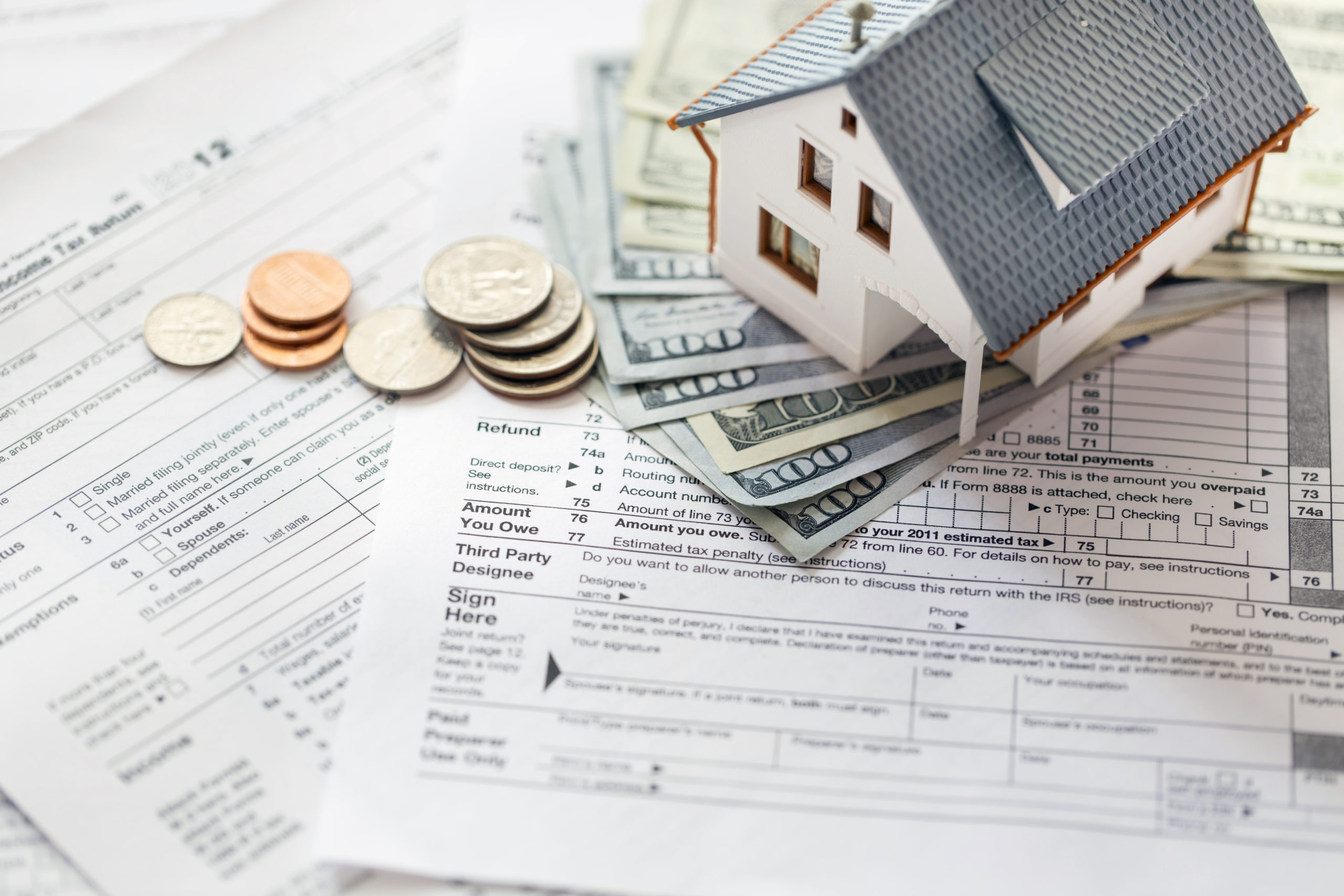Foreclosures are not something that anyone wants to go through and yet around 250,000 new families go through it every 3 months. So what actually happens during the foreclosure process and does it mean a lender will take your home?
Default
Homeowners have to first default on their mortgage to get the ball rolling. This means that they have failed to pay their monthly mortgage payments. Also, it is rare that lenders will start the foreclosure process after just one late payment. Typically, lenders will give the homeowner a grace period because they recognize that people can face temporary financial hardships. That being said you can expect an increase in emails, phone calls, and letters reminding you that you need to make your payment.
During this time lenders will usually offer alternative payment plans to help get the homeowner on track. It is in the lenders best interest to make things work and get the money you borrowed. In many states, a lender can not file a notice of default until 30 days after contacting the homeowner to assess the homeowner’s financial situation and explore other options to avoid foreclosure.
It isn’t uncommon to see homeowners sell their home, pay off the missed mortgage payments plus fees, and then downsize to a more affordable living situation and avoid foreclosure altogether.
Notice of Default
If a homeowner can not come up with the funds to pay what they owe, a lender will issue a notice of default. This form will be sent to the homeowner in the mail. This certified letter normally gives the homeowner 90 days to pay off the most recent debt. This step marks the formal and public foreclosure process. Thankfully, there is still time to save you home after a notice of default.
One option is a mortgage reinstatement, where you “reinstate” your mortgage by making up all missed payments at once, plus interest and lender fees. You will then go back to paying your monthly bill as usual.
Notice of Sale
After the 90 day period, the lender may proceed with the foreclosure process. Next, comes the notice of sale, which will state that the lender will sell the home at auction within 21 days. This notice is also sent to the homeowner as a certified letter. The property is then published in the county newspaper for 3 weeks before the auction date. However, the option to reinstate your mortgage is still possible up until 5 days before the sale.
Auction
The home will then be sold at a public auction to the highest bidder. This buyer will receive a trustee’s deed once the sale is complete and then becomes the official owner. At this point, the home’s new owner must serve any remaining occupant a 3-day written notice to move out. However, if the occupant does not move out the new owner must go through the formal eviction process.
If the Home Doesn’t Sell at Auction
If the house doesn’t sell at auction, the property becomes an REO, or Real Estate Owned property. If the bank owns the foreclosure, most often they will arrive at the property shortly after the foreclosure date and kick you out. They may offer the previous homeowner “cash for key” or relocation assistance, where the bank offers a certain amount of money to the previous homeowner to vacate the property.

